Matt Connors
You Don't Know, Oct 21 – Nov 22, 2010
Past: 55 Chrystie St
Installation view, You Don't Know, Canada, New York, 2010
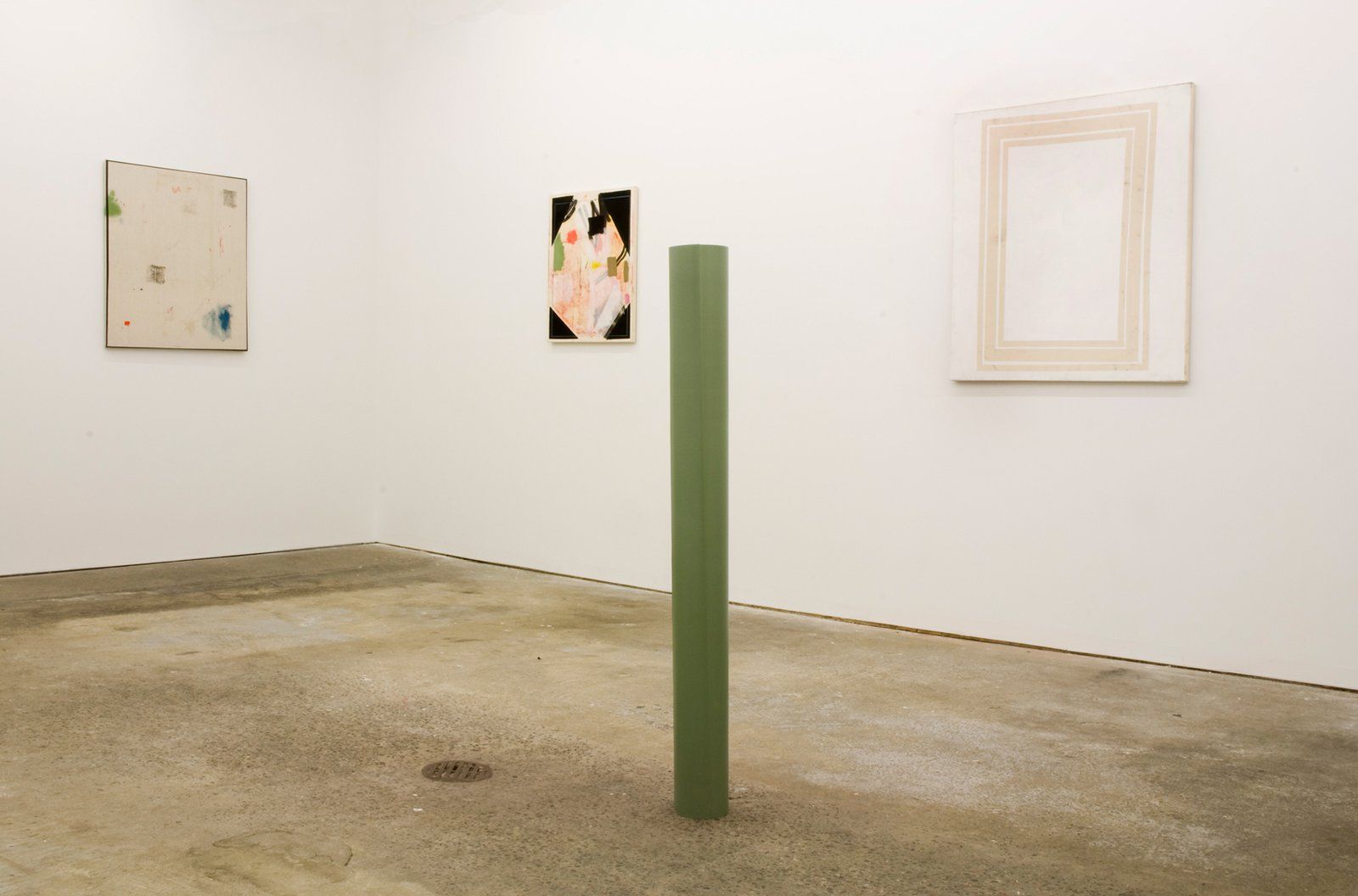
Installation view, You Don't Know, Canada, New York, 2010
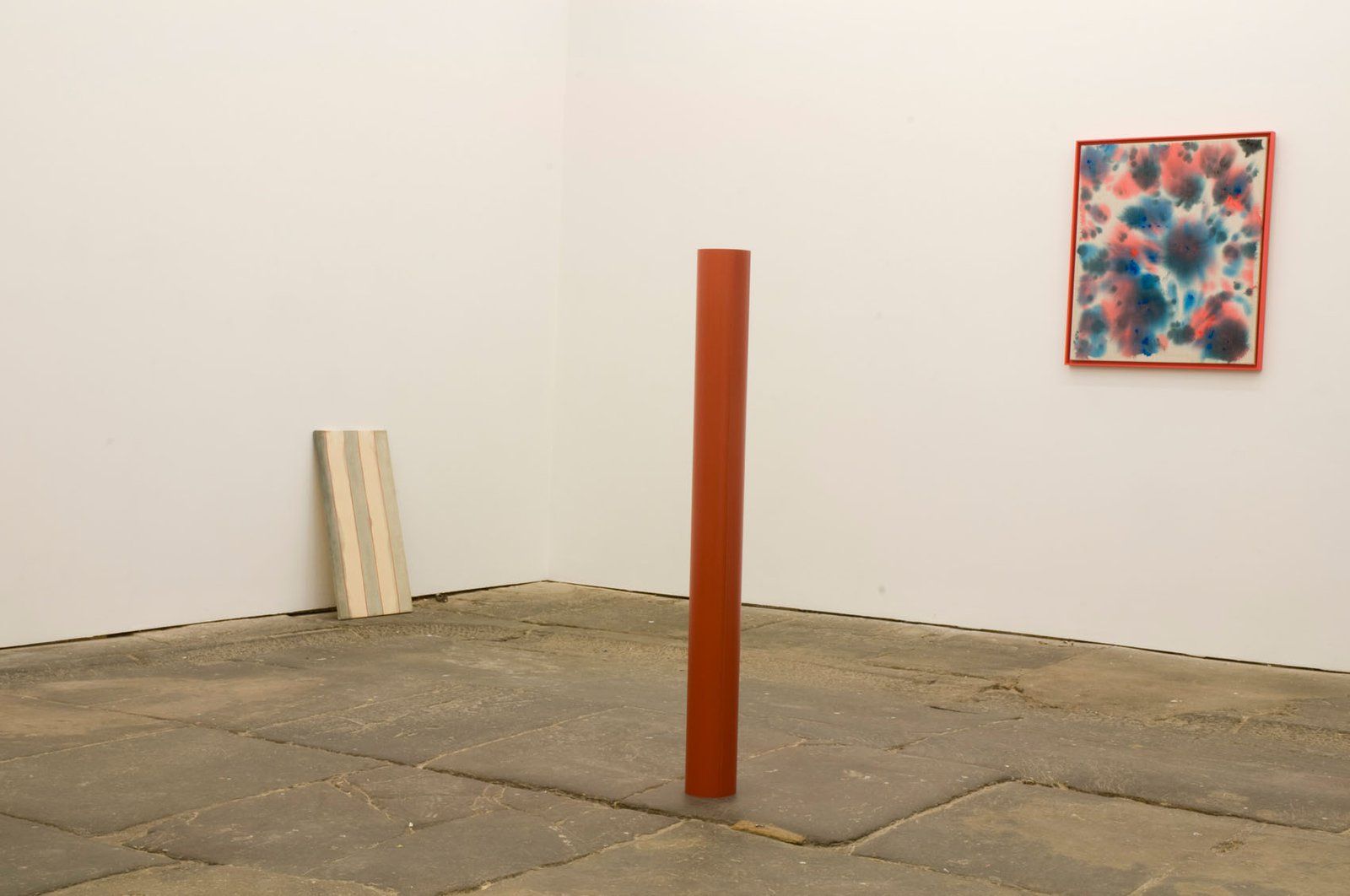
Installation view, You Don't Know, Canada, New York, 2010
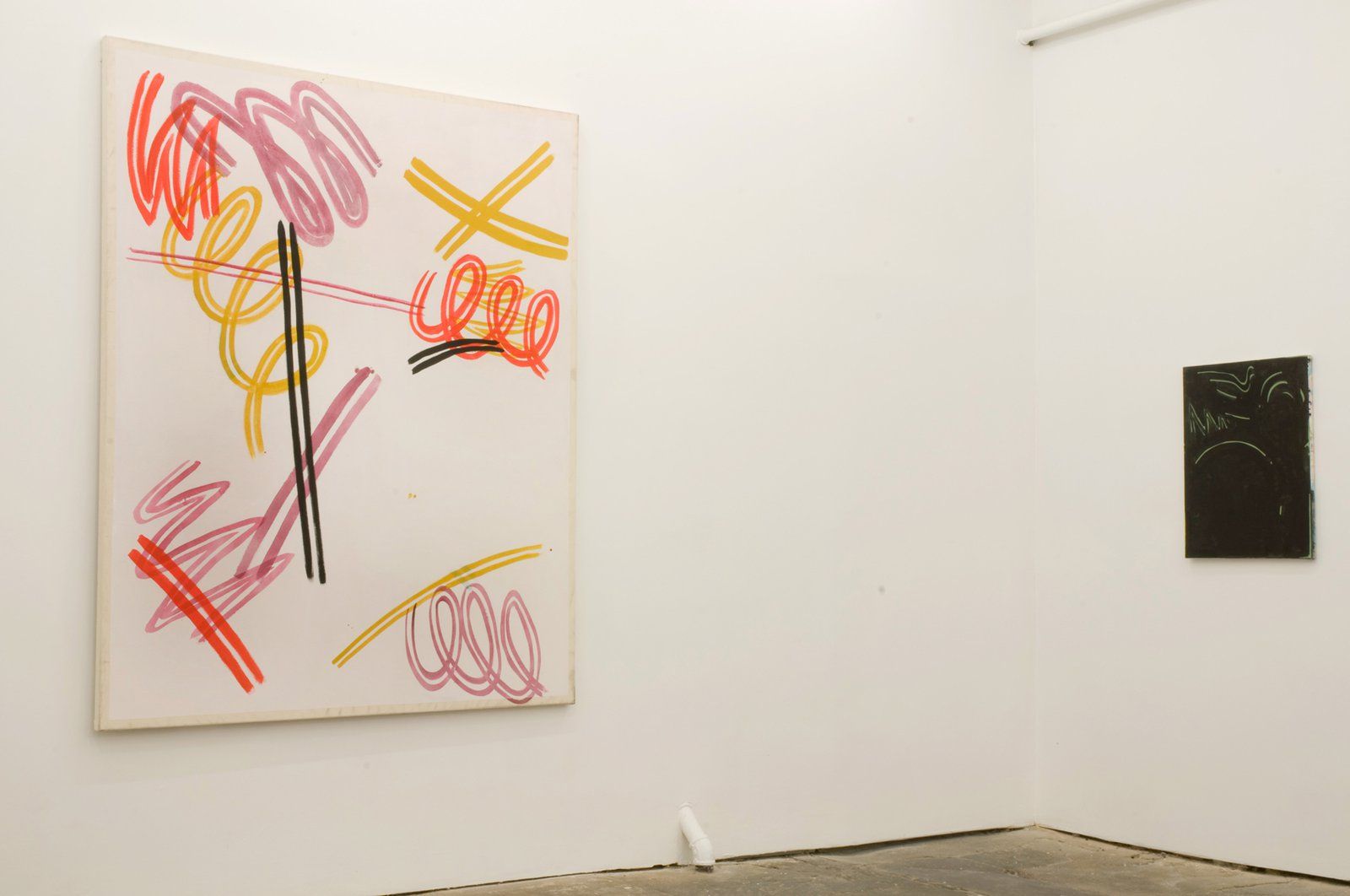
Installation view, You Don't Know, Canada, New York, 2010
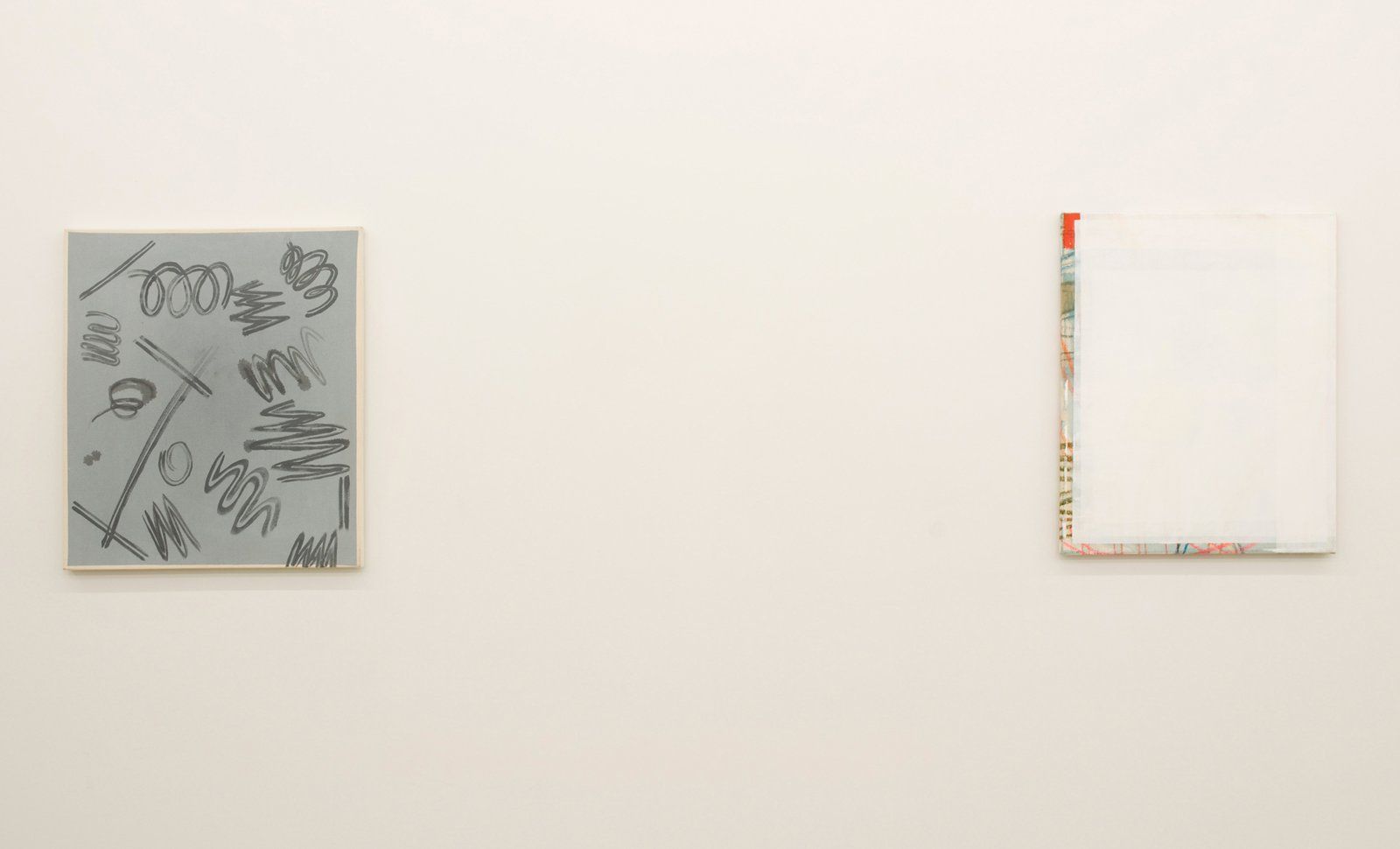
Installation view, You Don't Know, Canada, New York, 2010
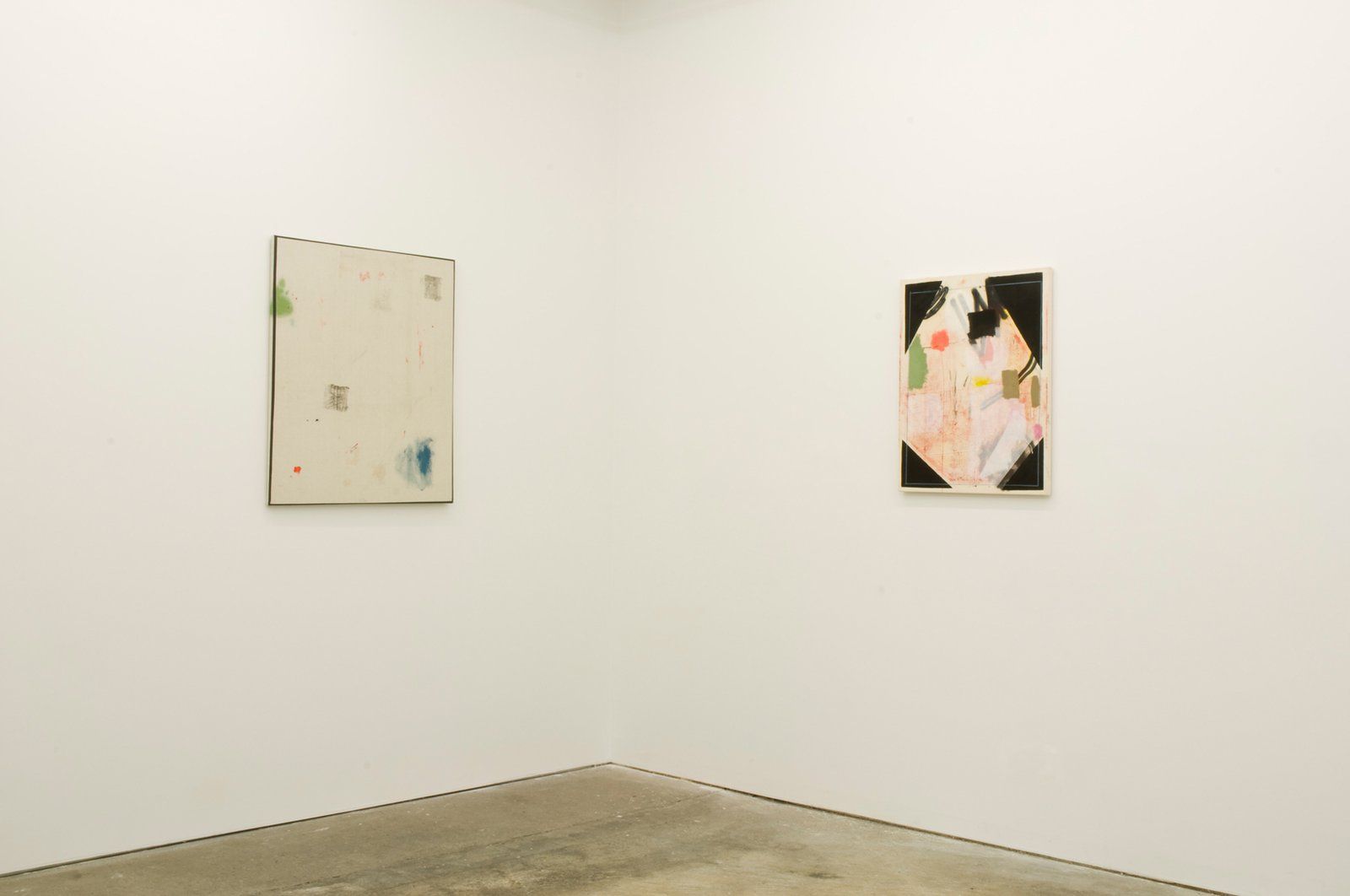
Artworks

Matt Connors,
Correspondences (Frame),
2010,
40 × 36 in (101.60 × 91.44 cm)
Acrylic on canvas

Matt Connors,
Picture Corners,
2010,
27 ⅞ × 21 ⅞ in (70.80 × 55.56 cm)
Oil, acrylic and pencil on canvas
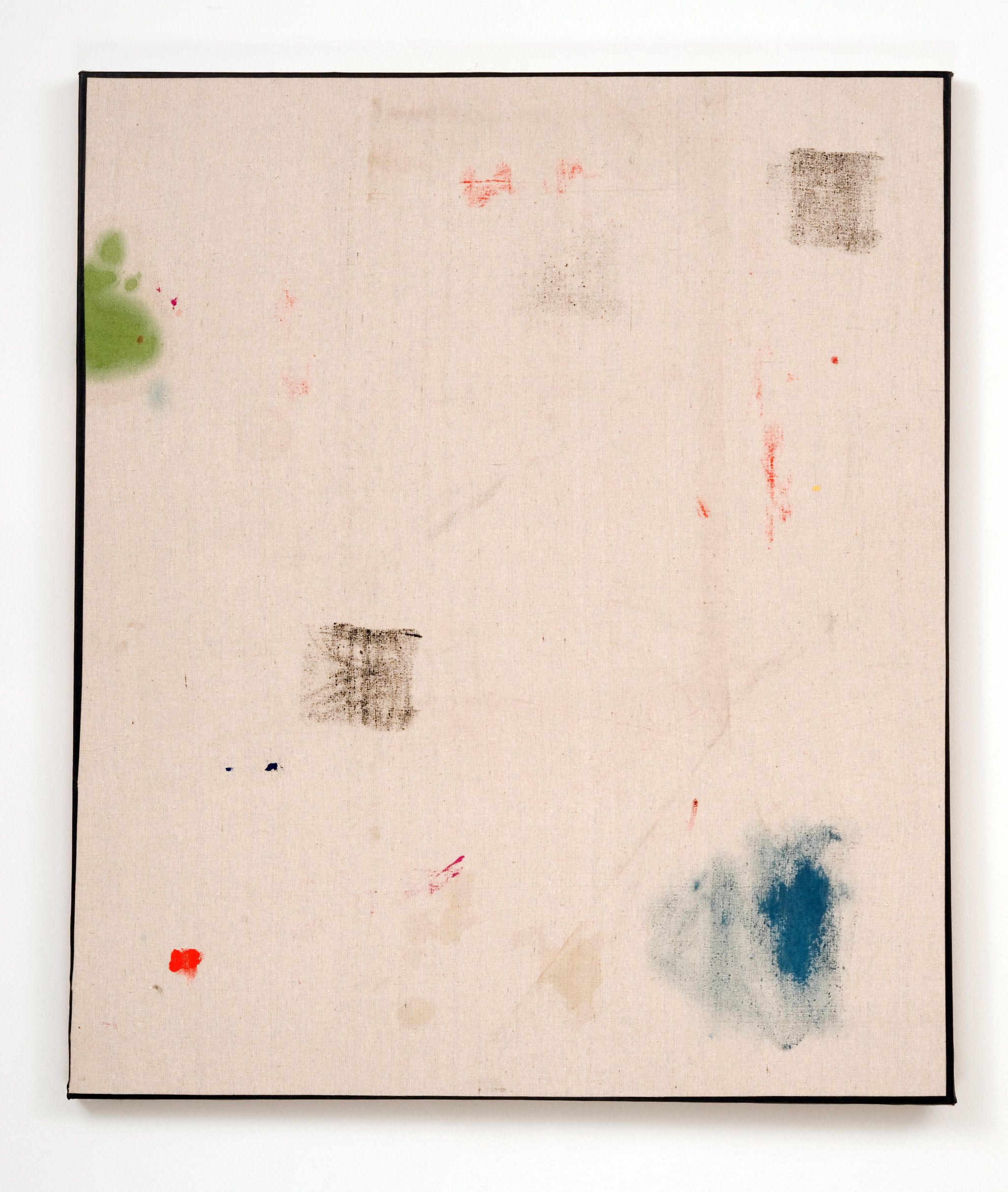
Matt Connors,
Framed,
2010,
33 ¾ × 28 ⅞ in (85.73 × 73.34 cm)
Oil, acrylic, artist tape on canvas
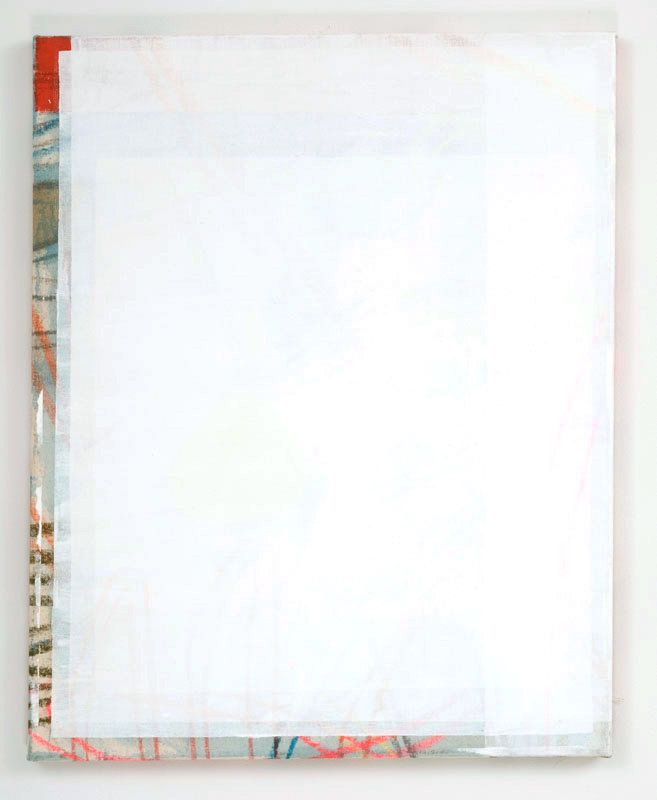
Matt Connors,
Tropical,
2010,
24 ⅞ × 20 in (63.18 × 50.80 cm)
Oil, colored pencil, acrylic on canvas
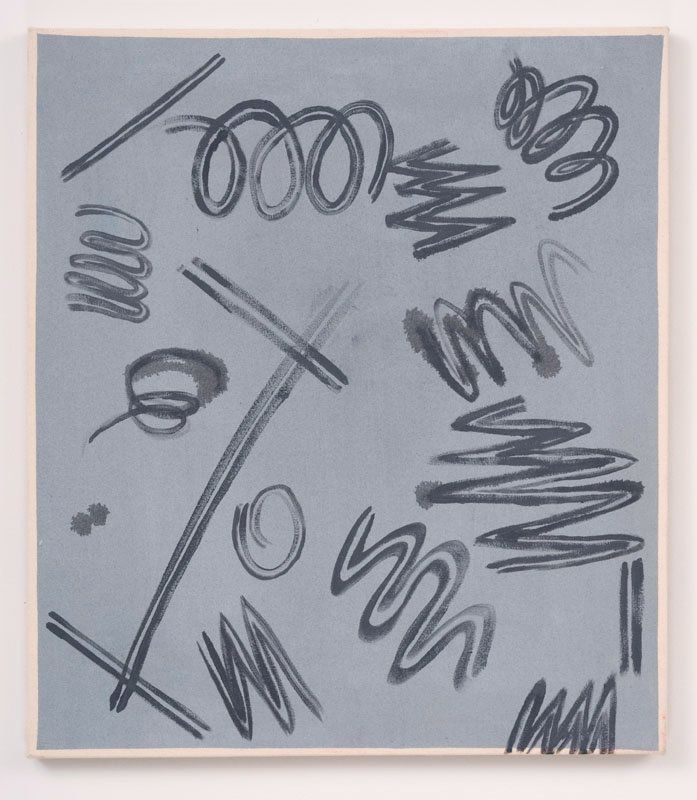
Matt Connors,
Vocals,
2010,
24 ⅞ × 21 ⅞ in (63.18 × 55.56 cm)
Oil and acrylic on canvas

Matt Connors,
Tunnel,
2010,
35 ⅞ × 30 in (91.12 × 76.20 cm)
Oil, acrylic, colored pencil on canvas
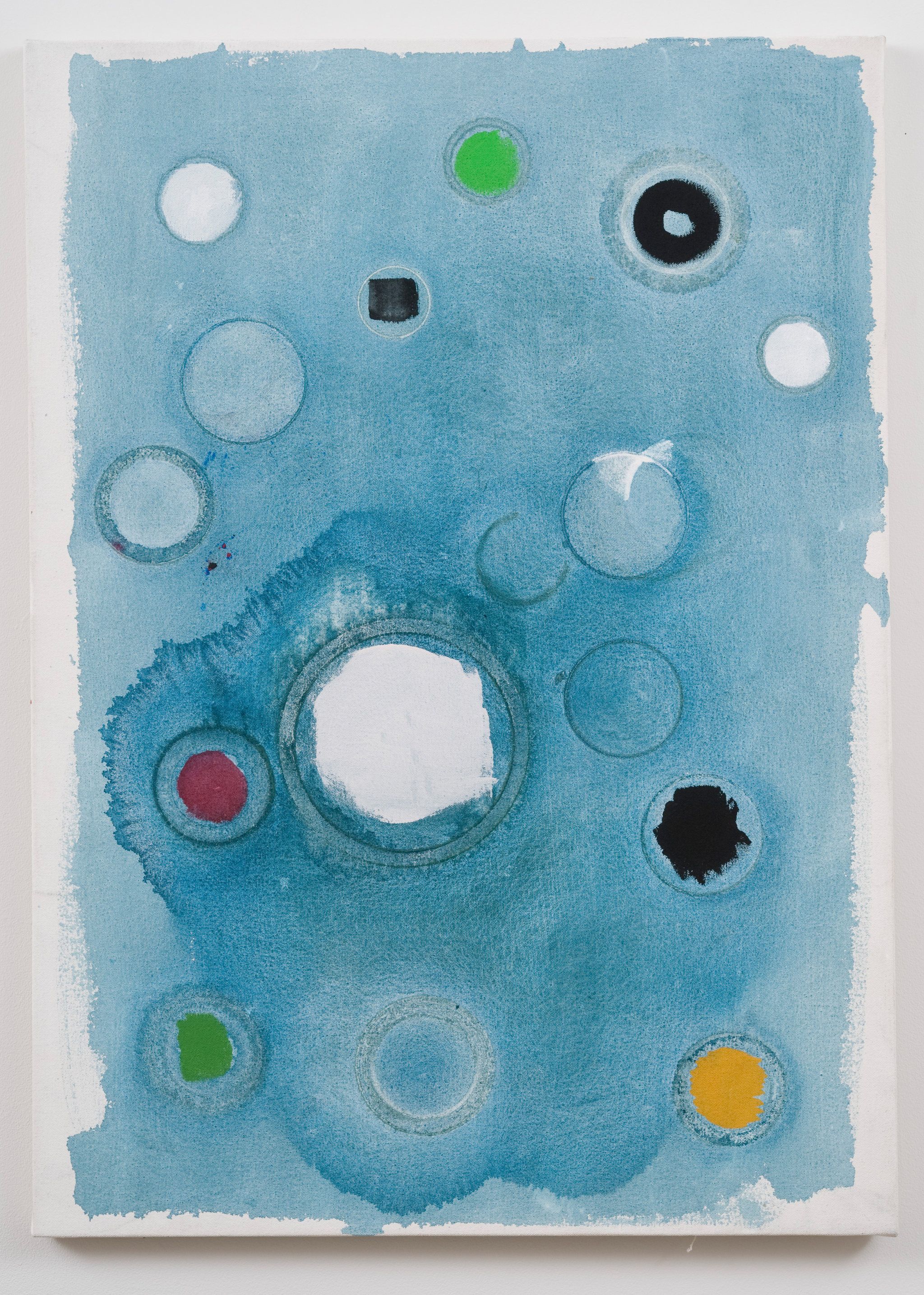
Matt Connors,
Table II (16 Cups),
2010,
36 × 26 in (91.44 × 66.04 cm)
Oil and acrylic on canvas
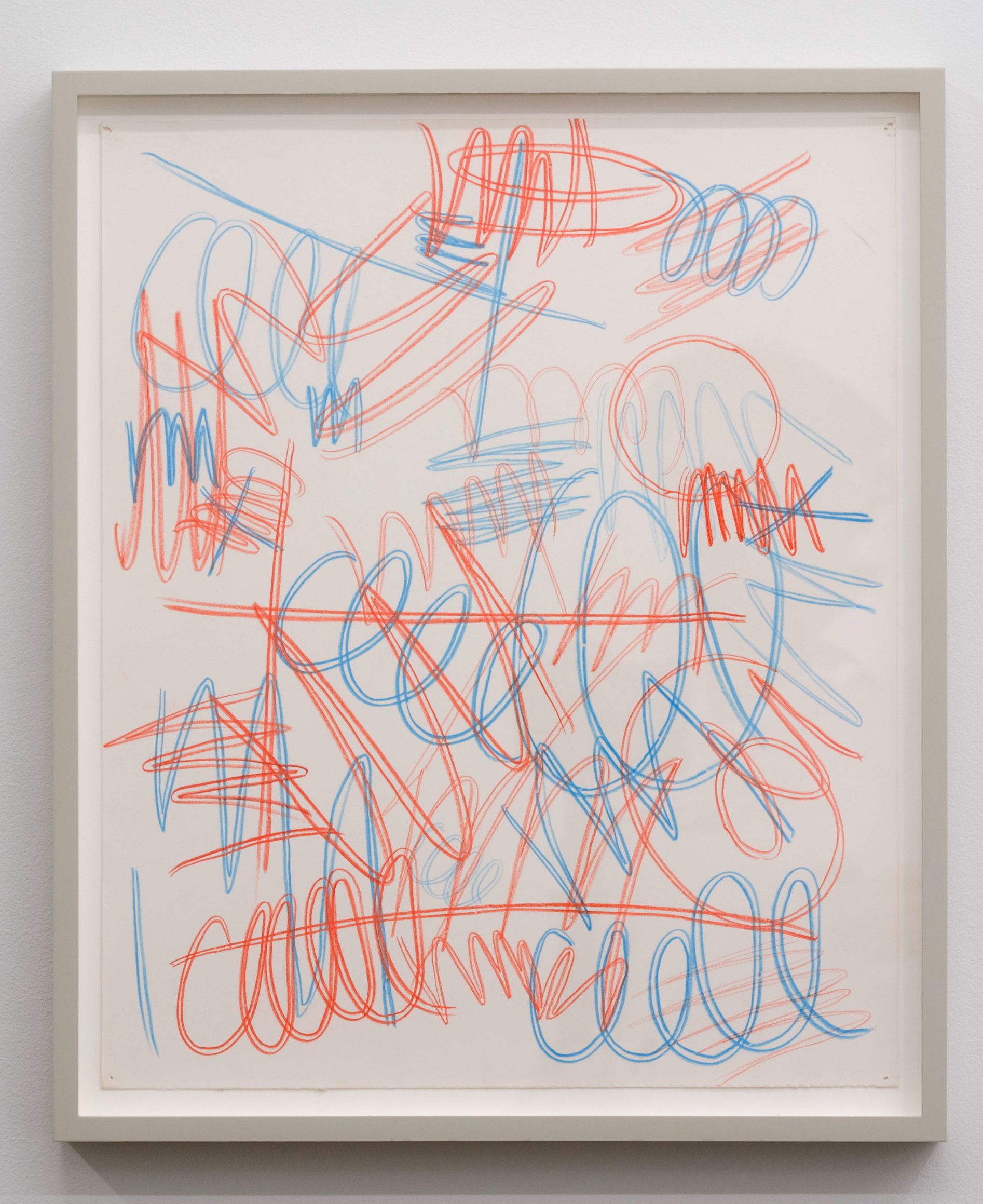
Matt Connors,
3-D Fill,
2010,
18.0 × 15 ½ in (45.72 × 39.37 cm)
Colored pencil on paper
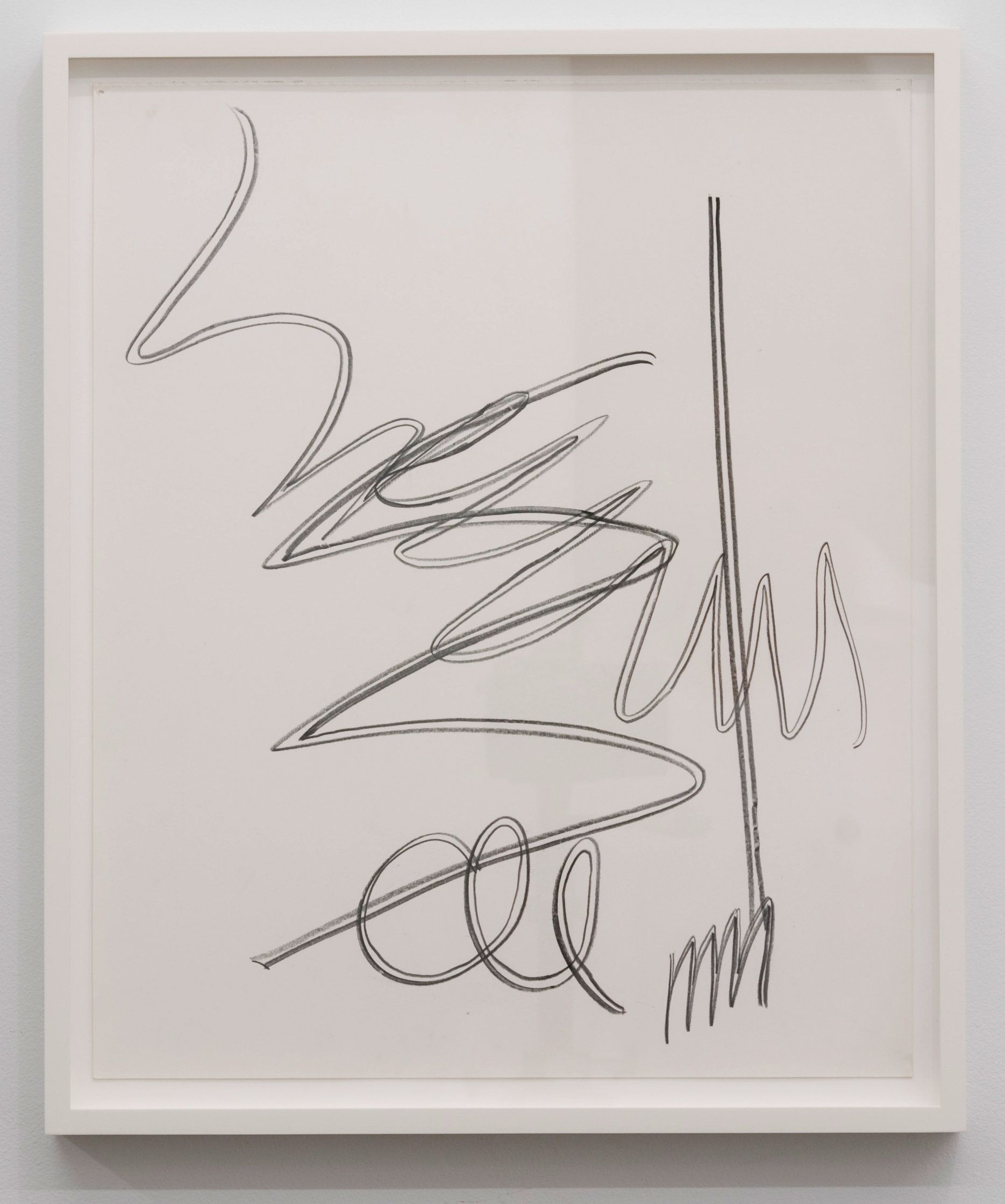
Matt Connors,
Black Fill,
2010,
18 ¾ × 15 ½ in (47.63 × 39.37 cm)
Colored pencil on paper
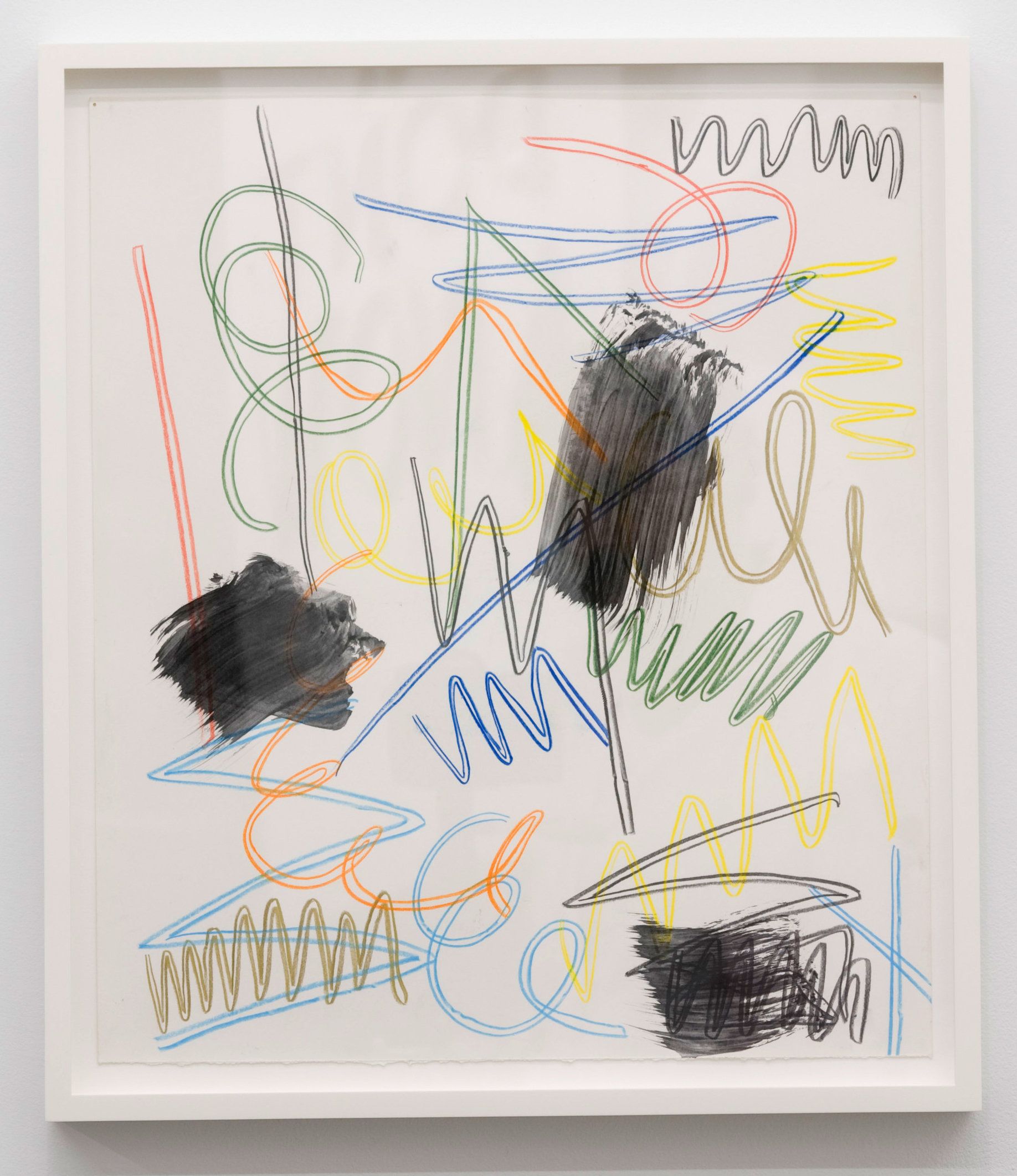
Matt Connors,
Multi-track Fill,
2010,
18.0 × 15 ½ in (45.72 × 39.37 cm)
Colored pencil on paper
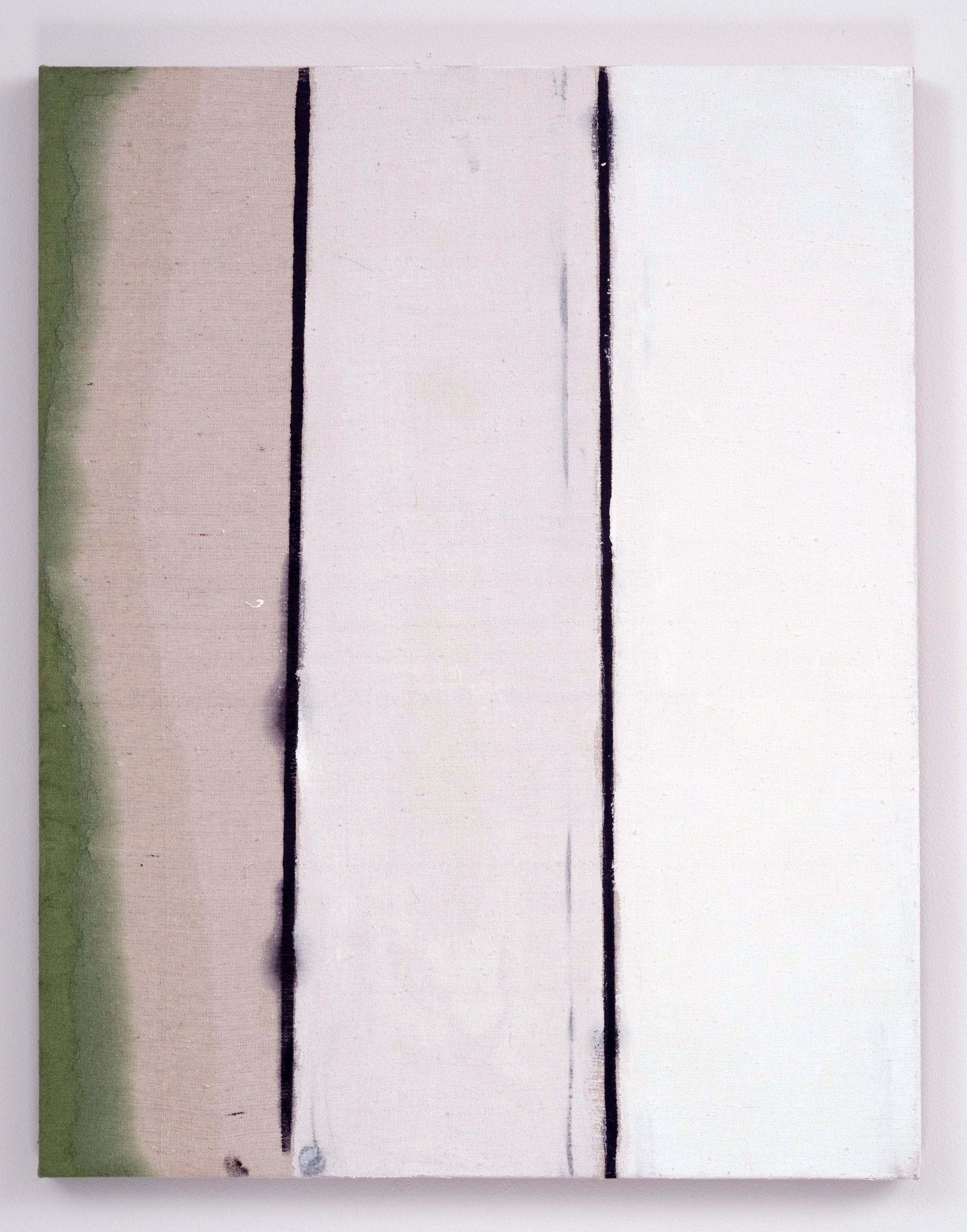
Matt Connors,
DBCWMCV,
2010,
23 ⅞ × 18 ⅞ in (60.64 × 47.94 cm)
Oil, acrylic on canvas
Press Release
The paintings in “You don’t Know” are both an indictment of authority and a call to elevate doubt. The title is a slogan drawn from a sign from some sort of protest taken from a British documentary about seventies prog-rock. The sentiment expresses the subtle shift between sixties idealism towards the hangover we exist in today, in our current post heroic state. You won’t find that type of confident painting that we have experienced in last 5 years here; the type that places the viewer in a sort of passive role. Connors seeks to give his viewers agency through the transparency and openness of his process. Like a debunker who exposes the tricks of a magician, Connors allows himself a veiled self-expression as an artist with a conscious and as a painter fighting to let the air back into his art form.
Like the way that Jasper Johns posited that a cross hatch could be a motif, not simply residue of process, Connors really wants us to see the overlooked. He turns humble squiggles and zigzags (the most off handed drawing devices) into something more by repeating them across the paintings. Connors also plays with hanging (the sparse approach with odd rhythms), masking and overpainting, erasure, frames (colorful shadow boxes!) edges and grounds, to name a few. The effect is more playful than severe and one senses that Connors is fan of painting not a pedagogical scold.
Connors strips painting bare in these works; which isn’t to say there is nothing to look at. They in fact are visually full and potent. The stains on the bare linen have all the hallmarks of macho colorfield painting. Yet clumps of raw acrylic remain unmixed and sit nearly awkwardly on top of the diluted flows. One can picture the artist in his studio with a Dixie cup and a chopstick in his hand going out on this weird art historical limb. There is a budget lushness and a vision of possibility in these works. And while Matt Connors wouldn’t necessarily want it, I’m willing to follow him.